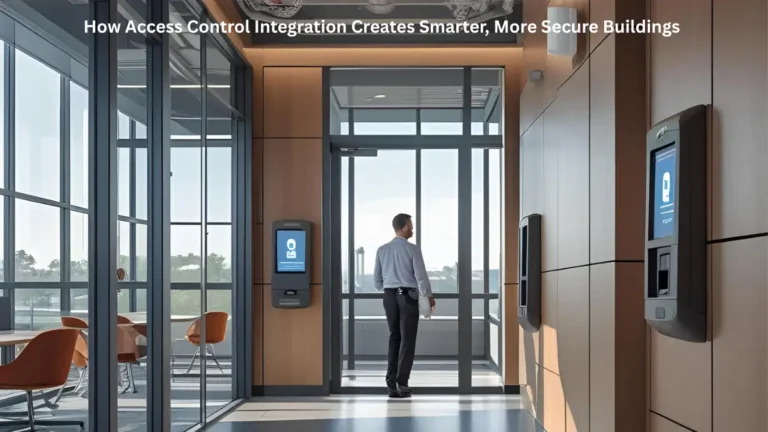Compared to traditional methods, remote patient monitoring offers several advantages. They can send and analyze real-time data and detect abnormal readings much faster. Through various forms of technology, remote patient monitors communicate with healthcare facilities. Internal algorithmic software will analyze the transmitted data and specify areas of concern. It will then forward the information about these areas to the patient and healthcare provider. Read on to learn more about the advantages of remote patient monitoring.
Improves quality of life
One of the most potent aspects of remote patient monitoring is that it reduces readmissions, shortens hospital stays, and enhances clinical outcomes. Several studies have found that remote monitoring reduces readmissions for single conditions. For instance, one hospital, Sentara Healthcare, reports that fewer patients are readmitted when being monitored remotely compared to hospitals at large. Patients can wear remote patient monitoring devices to monitor their habits and movements. The device is connected to a central hub, communicating with the monitoring center. The machine learns patterns for each and alerts healthcare providers to any abnormalities in those patterns. Ultimately, this can improve the quality of life for patients with chronic conditions. The benefits of remote care are too numerous to list. Further, this technology provides a safe environment for patients and healthcare professionals.
Reduces costs
The remote monitoring of patients in home clinics has numerous benefits. These services reduce costs for the health system and patients, as they no longer have to travel to the hospital. Patients are also freed from the costs of parking in hospitals. Remote patient monitoring has also reduced hospital admissions and paramedic support. However, the benefits are not immediate. More research needs to be conducted to determine the exact costs.
There are many benefits to remote patient monitoring, including decreased costs associated with in-person visits, reduced travel expenses, and time off work. In addition, it reduces the spread of COVID-19 and improves patient engagement in self-management. But, most importantly, it reduces the overall cost of care. Remote patient monitoring is a smart choice for both patients and providers with all of these benefits. And remote patient monitoring billing is not just convenient, it also costs less!
It prevents adverse drug events.
Reducing readmissions and improving compliance with medication regimens are two of the primary goals. This type of technology makes it easier for patients to stay at home rather than go back to the hospital for a checkup. It can also demonstrate changes in the condition of the patient using biometrics. This means better control over the drug’s effectiveness and minimizes stress. However, remote patient monitoring is not without risks.
The study found that more than half of the events were avoidable. Nine adverse drug events involved inappropriate medication, two were due to incorrect dose or frequency of administration, and only two were related to prescription errors. It also found that the rate of preventable events was identical when using manual and computerized prescription systems. Furthermore, the number of medications taken by patients was linked to an increased risk of adverse drug events. Further, each additional medication increased the likelihood of adverse drug events by more than 10%.
Reduces hospital readmissions
Reduce hospital readmissions by preventing respiratory events and improving patient outcomes while in the hospital. Hospital readmissions are a significant financial burden on the U.S. healthcare system and are estimated to cost Medicare $26 billion annually. While they can potentially impact a patient’s health negatively, this practice can have many benefits. This can also prevent readmissions by using different forms of remote patient monitoring.
Remote patient monitoring software schedule ongoing monitoring of vital signs and analyze patient data to provide an always-updated snapshot of a patient’s health. They also send immediate alerts when patient measurements fall outside of range. Because the patient can interact with the remote health monitor, RPM systems can improve a patient’s state of mind and improve clinical outcomes. By enabling patient self-monitoring, remote patient monitoring can reduce hospital readmissions by 30%.
Reduces emergency room visits
Using telehealth solutions to monitor patients reduces emergency room visits. This technology allows doctors to watch vital signs live, reducing the need for the hospital admission. Remote monitoring also allows physicians to manage treatments and adherence to treatment plans better. The technology also maintains a high level of communication. As a result, remote patient monitoring has been shown to reduce the number of emergency room visits by as much as 25 percent.
One of the benefits is that it can reach patients at home and allow them to receive medical care on their schedule. Remote patient monitoring helps healthcare providers prioritize patient care and triage patients based on approximate real-time patient status. In addition, the technology often integrates with an EMR and decreases duplicative documentation. RPM also helps healthcare providers balance team-based care design and flexibility for clinicians.
Read more: Customer Flow: A Lean Approach To Improve Patient Flow In Healthcare




